He was charming, educated, and eerily normal. But behind Ted Bundy’s confident smile lurked one of the most sadistic killers in American history. Between 1974 and 1978, he crisscrossed the country, leaving a trail of terror and at least 30 confirmed victims—though the real number may be far higher. Bundy didn’t just kill; he manipulated, escaped, and played mind games with law enforcement and the media. His case still haunts criminologists, and for good reason: it revealed how evil could hide in plain sight. These 20 bone-chilling facts peel back the mask of America’s most notorious serial killer—and what you’ll read will stay with you long after the screen fades to black.
The Charming Stranger Who Wasn’t So Innocent
To most, Ted Bundy looked like your average law student—clean-cut, confident, and eerily polite. But behind his carefully crafted façade lurked a predator who stalked young women across multiple states. His smile masked a deeply manipulative nature, and it wouldn’t take long before his charm turned deadly.

Bundy didn’t need force; he used psychology. A fake cast, a sling, a friendly tone—whatever it took to lure victims into his trap. By the time police realized a serial killer was targeting young brunettes in the Pacific Northwest, Bundy had already laid the foundation for one of the most terrifying murder sprees in American history.
Disappearances That Seemed Like Vanishing Acts
In 1974, coeds from Washington and Oregon began disappearing with terrifying frequency. Lynda Ann Healy vanished from her basement bedroom without a trace. Just weeks later, Donna Manson left her dorm to attend a concert—and was never seen again.

Police were baffled. There were no signs of struggle, no fingerprints, no witnesses. Victims were simply vanishing. Each case seemed random, yet eerily connected. Meanwhile, Ted Bundy, the man responsible, remained invisible—blending into campus life, holding down jobs, and volunteering on a crisis hotline where his charm masked his true darkness.
Lake Sammamish: Where He Got Reckless
On July 14, 1974, Ted Bundy made a bold—and almost sloppy—move. In broad daylight, at Lake Sammamish State Park, he approached multiple women asking for help with his sailboat. Two women never returned home. Witnesses described a man named “Ted” with a cast on his arm.
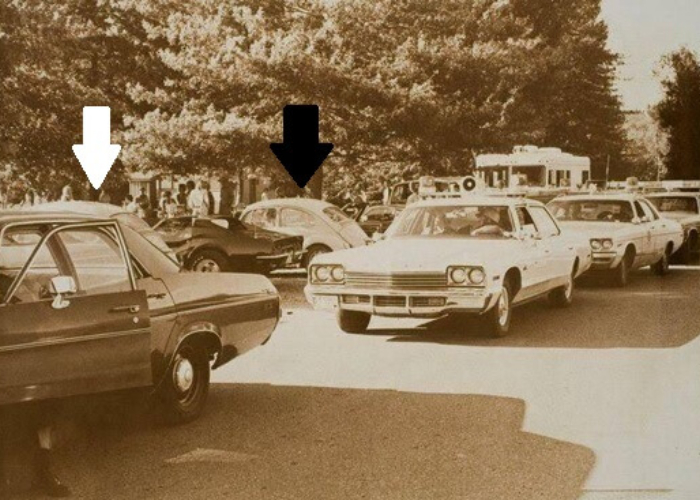
It was the break investigators needed. A composite sketch emerged, and suddenly there was a name, a face, and a chilling connection to multiple missing persons. For the first time, the mask of anonymity cracked. But Bundy wasn’t done yet. He had tasted the thrill, and his killing spree was far from over.
He Moved to Utah—and the Killing Continued
After pressure mounted in Washington, Bundy relocated to Utah to attend law school. But the change of scenery didn’t stop the murders. In the fall of 1974, women in Utah began to disappear under similar mysterious circumstances. Melissa Smith, the police chief’s daughter, was found brutally murdered.
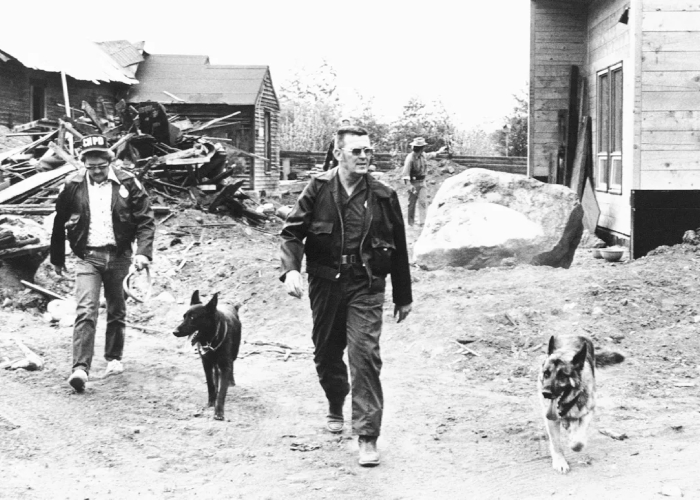
The pattern was unmistakable: young women abducted, sexually assaulted, and dumped like discarded objects. Bundy’s calculated calm made him nearly invisible to authorities, but the hunt had begun in earnest. Investigators across state lines started to connect the dots, unaware that their suspect was hiding in plain sight.
A Routine Traffic Stop Finally Exposed Him
It wasn’t detective work that brought Bundy down—it was a busted taillight. In August 1975, police in Utah stopped him and found suspicious items in his car: rope, handcuffs, a crowbar, and a ski mask. They weren’t burglary tools. They were a killer’s toolkit.
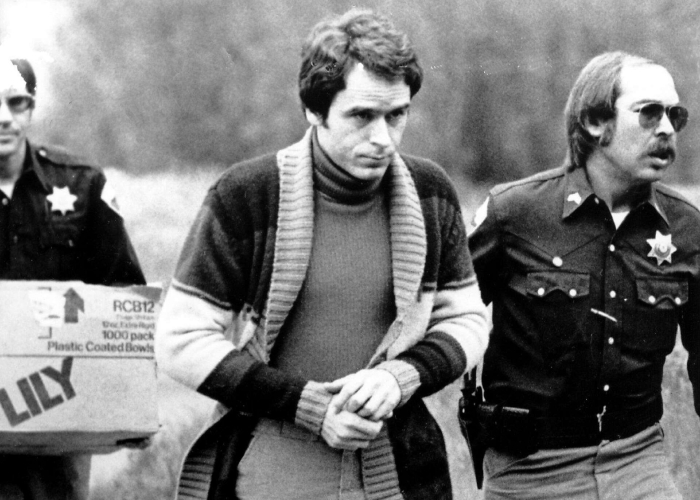
Bundy talked his way out of immediate trouble, but the items raised eyebrows. Soon after, Carol DaRonch—the only known woman to survive Bundy—identified him in a lineup. It was a breakthrough moment, and police now had a face to match the nightmare. Still, no one could predict how far this case would spiral—or how many lives had already been lost.
The Survivor Who Broke the Silence
Carol DaRonch’s escape changed everything. In November 1974, she was approached by a man posing as a police officer, claiming her car had been tampered with. He coaxed her into his Volkswagen Beetle—then tried to handcuff her. But she fought back. Kicked. Screamed. Fled. And lived to tell.

Her detailed account gave police their first living testimony of Bundy’s tactics—his charm, his manipulation, and his brutality. When she identified him in a police lineup months later, it was the case’s first true breakthrough. Bundy’s calm exterior had been pierced, but no one yet realized just how monstrous he really was.
The Chilling Discovery at Taylor Mountain
As Bundy sat in custody, police discovered a horror hidden in the woods. In 1975, investigators uncovered remains at Taylor Mountain, a remote area outside Seattle. Bones of multiple victims—some still unidentified—were scattered across the forest floor, each one telling a silent tale of terror.
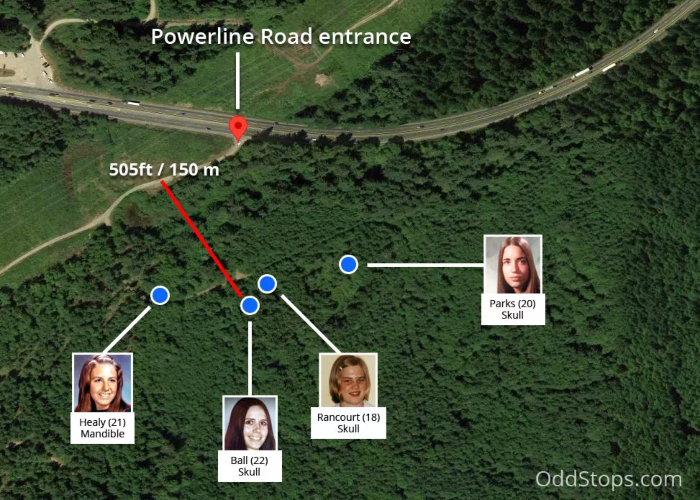
It was the first physical proof that a single man was behind the growing list of missing women. Bundy had returned to these sites, police would later learn, sometimes days after the killings. What they found at Taylor Mountain wasn’t just evidence—it was confirmation of a killer’s methodical, horrifying rituals.
His Courtroom Performance Fooled Everyone
When Bundy stood trial in Utah for kidnapping, it wasn’t with fear or remorse—it was with a smirk and a suit. He waived his right to an attorney, choosing instead to represent himself. In court, he was articulate, even charming. To some observers, it was hard to believe he was a killer.

But it was all part of the act. Bundy used the courtroom as a stage, manipulating judges and the press while buying time to plan something bigger. People forgot what he was accused of. They focused on his vocabulary, not his victims. And that was exactly what he wanted.
His First Escape Was Straight Out of a Movie
In June 1977, Bundy made a daring escape from an Aspen courthouse. He jumped from a second-story library window and disappeared into the mountains. For six days, he evaded capture, camping in the wilderness and breaking into cabins for supplies. He even made it back into town before being caught again.
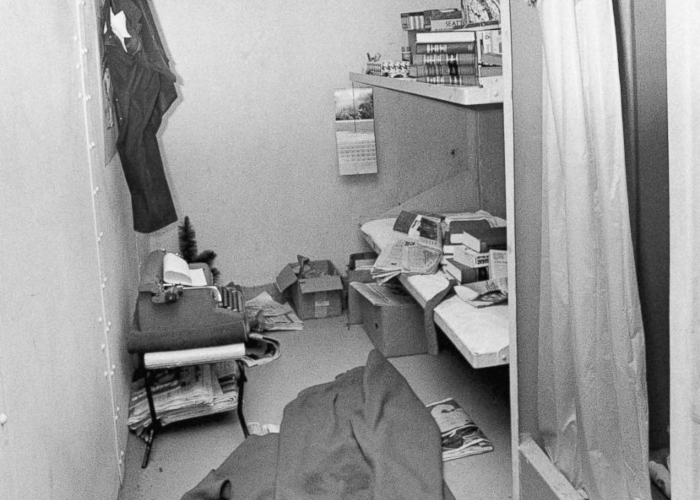
The stunt left authorities stunned—and exposed serious flaws in their handling of such a dangerous man. Bundy hadn’t just escaped. He’d done it with almost theatrical flair. But no one knew this was only a preview of the chaos he would unleash in his second and most devastating escape.
Vanished Again—But This Time He Would Kill More
Six months later, in December 1977, Bundy escaped a second time. From a Colorado jail cell, he lost weight, sawed a hole in the ceiling, and crawled into the apartment of a jail employee—then walked right out the front door. By the time anyone noticed, he was already gone.

He headed straight to Florida, where he used stolen identities and cash to vanish into the crowd. But Bundy wasn’t just running—he was hunting. The man who had once studied law was now a fugitive with nothing to lose. What followed in Florida would become the darkest chapter of his killing spree.
The Sorority House Massacre That Shocked America
On January 15, 1978, just weeks after escaping from jail, Bundy unleashed his most savage attack yet. He broke into Florida State University’s Chi Omega sorority house in the dead of night. In less than 15 minutes, he bludgeoned and strangled four women—killing two and seriously injuring the others.

The scene was nightmarish. Blood, hair, broken teeth—scattered in silence where laughter once filled the halls. This wasn’t calculated abduction. It was unrestrained fury. The media dubbed it a massacre, and rightly so. For the first time, Bundy’s violence was public, random, and reckless—and now, all of Florida was terrified.
He Didn’t Stop—Even After That Night of Horror
After Chi Omega, Bundy struck again—just blocks away. That same night, he entered another student’s home and brutally beat Cheryl Thomas, who barely survived with lifelong injuries. Two murders and three attacks in one night—and he wasn’t done.
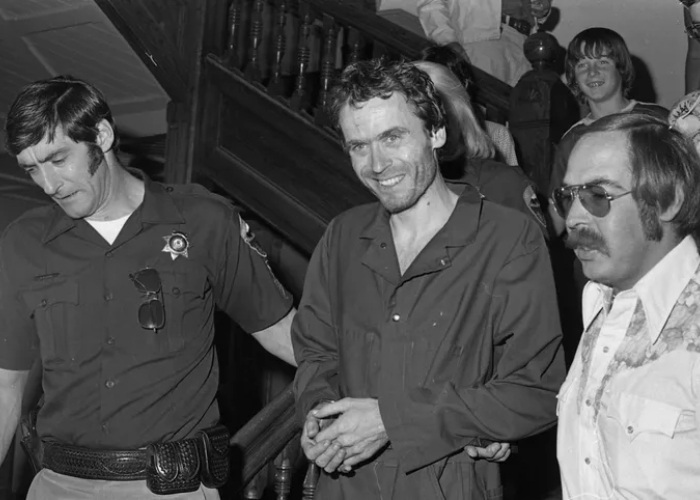
Bundy had transformed. No longer calculated and methodical, he now seemed driven by blind rage. Investigators would later suggest that Bundy knew he was on borrowed time. His attacks grew more frequent, less cautious, and far more violent. He didn’t care about being caught anymore. He just wanted to destroy as many lives as possible before they stopped him.
The Murder of Kimberly Leach Was His Final Act
In February 1978, Bundy abducted 12-year-old Kimberly Leach from her middle school in Lake City, Florida. It was his youngest and most heartbreaking victim. Her body was later discovered near a pig shed—brutally assaulted and discarded like trash.
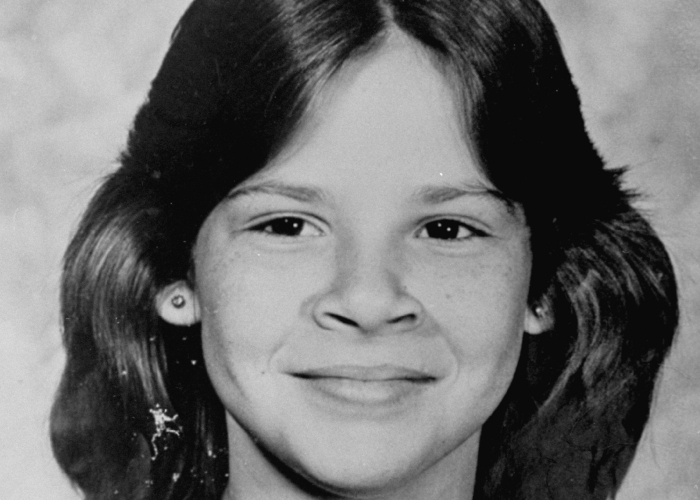
This wasn’t just another killing. It marked a disturbing descent into even darker depths. The murder of a child erased any remaining doubt about Bundy’s evil. It sealed his fate legally and morally. He had gone from targeting young women to preying on children, and the nation demanded justice. His capture would come just days later—and this time, there would be no escape.
A Stolen Car Finally Brought Him Down
Bundy was caught by chance—again. On February 15, 1978, a Pensacola police officer pulled over a suspicious Volkswagen. Inside sat a gaunt, wild-eyed man who fought arrest and offered a stolen ID. They had no idea they’d just recaptured one of the most infamous fugitives in American history.

Once identified, Bundy was tied to the Chi Omega murders, the attack on Cheryl Thomas, and the murder of Kimberly Leach. Florida wasted no time preparing a case against him. Bundy’s spree had ended, but his trial would become one of the most watched and disturbing court cases of the 20th century.
His Trial Became a Twisted National Spectacle
Ted Bundy’s 1979 trial for the Chi Omega murders was the first to be nationally televised—and it was surreal. He smiled for cameras, cross-examined witnesses, and proposed to his girlfriend in court. He wasn’t just defending himself—he was performing.
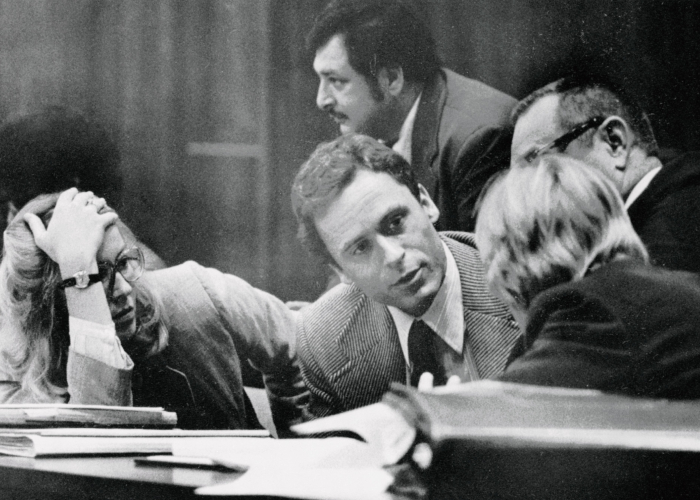
But beneath the theatrics was overwhelming evidence: bite marks on Lisa Levy’s body that matched Bundy’s teeth, eyewitnesses, and fingerprints. Still, Bundy acted as if he could outwit the system. The trial dragged on for weeks, captivating America. When the verdict was announced, it struck like thunder: guilty on all counts. Bundy had finally lost control—and the countdown to his execution had begun.
He Smiled While They Sentenced Him to Death
On July 24, 1979, Ted Bundy was sentenced to die in Florida’s electric chair. But as the judge read the sentence, Bundy didn’t flinch. He smiled. The courtroom was stunned—not by the verdict, but by his eerie calm. He even thanked the judge for the fairness of the trial.

Judge Edward Cowart famously said, “You’d have made a good lawyer. I’d have loved to have you practice in front of me. But you went another way, partner.” It was a chilling moment—a final acknowledgment that Bundy had chosen horror over humanity. But even with a death sentence looming, Bundy’s story wasn’t over.
The Bizarre Marriage That Played Out in Court
During his trial, Bundy pulled a stunt that shocked even seasoned legal experts. While questioning his girlfriend Carole Ann Boone on the stand, he asked her to marry him. In Florida law, a marriage is considered legal if it is performed in court with a judge present. She said yes.

Boone believed he was innocent. She even had a child with him while he was on death row. For years, she stood by his side—until the truth became undeniable. As Bundy began to confess, Boone vanished from the public eye, taking their daughter with her. She had finally seen the man behind the mask.
He Confessed to 30 Murders—But That’s Not the Full Count
Just days before his execution, Bundy began talking. He confessed to 30 murders across seven states. But even those close to the investigation believed the real number was much higher. Bundy was a compulsive liar and manipulator; the truth was a weapon he used to gain attention and exert control.
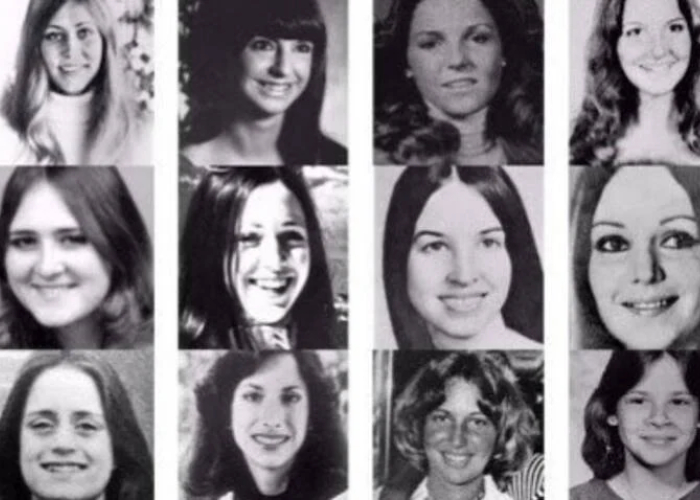
Some detectives believe he killed dozens more. His confessions were scattered, sometimes contradictory. He claimed to remember every detail but often left timelines vague. The true scope of his crimes may never be known. Bundy took those secrets to the grave, using them as bargaining chips until the very end.
The Execution Watched by a Cheering Crowd
On January 24, 1989, Ted Bundy was executed at Florida State Prison. A crowd of hundreds gathered outside with signs, fireworks, and t-shirts that read “Burn Bundy Burn.” As the electricity surged through his body, cheers erupted all around him. Justice, for many, had finally been served.

But the spectacle also raised questions—about media sensationalism, about capital punishment, and about how a killer could inspire both fear and fascination. Bundy’s death marked the end of a nightmare, but the beginning of his mythos. The man who once lured victims with a smile became an icon of evil that the world still studies today.
Why We Still Talk About Ted Bundy Today
Decades later, Ted Bundy remains one of the most studied serial killers in history. Not just for the scale of his crimes, but for the way he manipulated society’s expectations. He didn’t fit the stereotype. That’s what made him so dangerous—and unforgettable.

Books, documentaries, and dramatizations continue to dissect his psyche. But beneath the fascination lies a brutal truth: 30 women lost their lives, and countless families were shattered. Ted Bundy wasn’t a mystery to be solved—he was a warning. Evil doesn’t always look like a monster. Sometimes, it wears a smile and holds a law degree.
What He Exposed About Us
Ted Bundy didn’t wear the face of a monster—he wore the face of someone you’d trust to help you carry groceries. That’s what made him so terrifying. His crimes weren’t just about violence; they were about betrayal, deception, and the terrifying ease with which he slipped through the cracks.
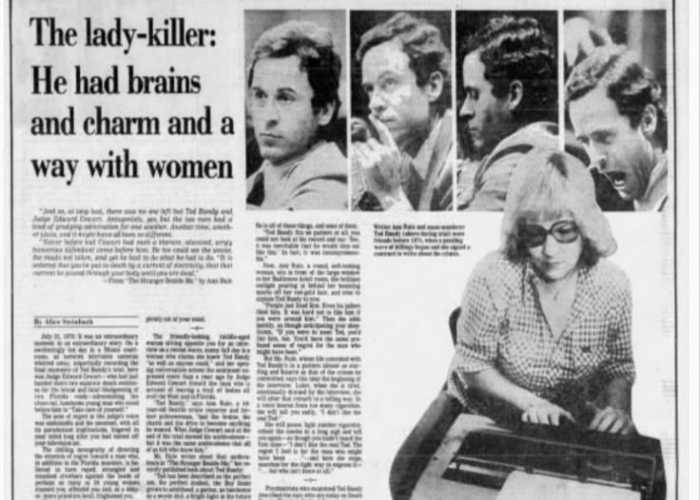
More than four decades later, his case still grips the public imagination—not because of who he was, but because of what he exposed about us. We want to believe we can spot evil when we see it. Bundy proved we often can’t. And that’s the part of his story we should never forget.